Growing clematis on a trellis is a wonderful way to add vertical interest, beauty, and color to your garden or outdoor space. Clematis, with their stunning flowers in various shapes and colors, are known for their climbing and trailing habits. By providing them with a trellis, you can guide their growth and create an enchanting display.
Clematis is a versatile and diverse plant, offering a wide range of cultivars to choose from. These perennial vines can be trained to climb trellises, arbors, fences, or other structures, adding vertical dimension and elegance to any garden. The trellis serves as a support system, helping the clematis vines reach their full potential and showcase their blooms.
By following these steps and providing proper care, you can enjoy the beauty of clematis as they climb and bloom on your trellis, transforming it into a stunning focal point in your garden.
#1. Select A Suitable Location
 Source: instagram
Source: instagram
Choose a spot with good sunlight exposure and well-draining soil. Clematis prefer at least six hours of sunlight per day.
#2. Prepare The Soil
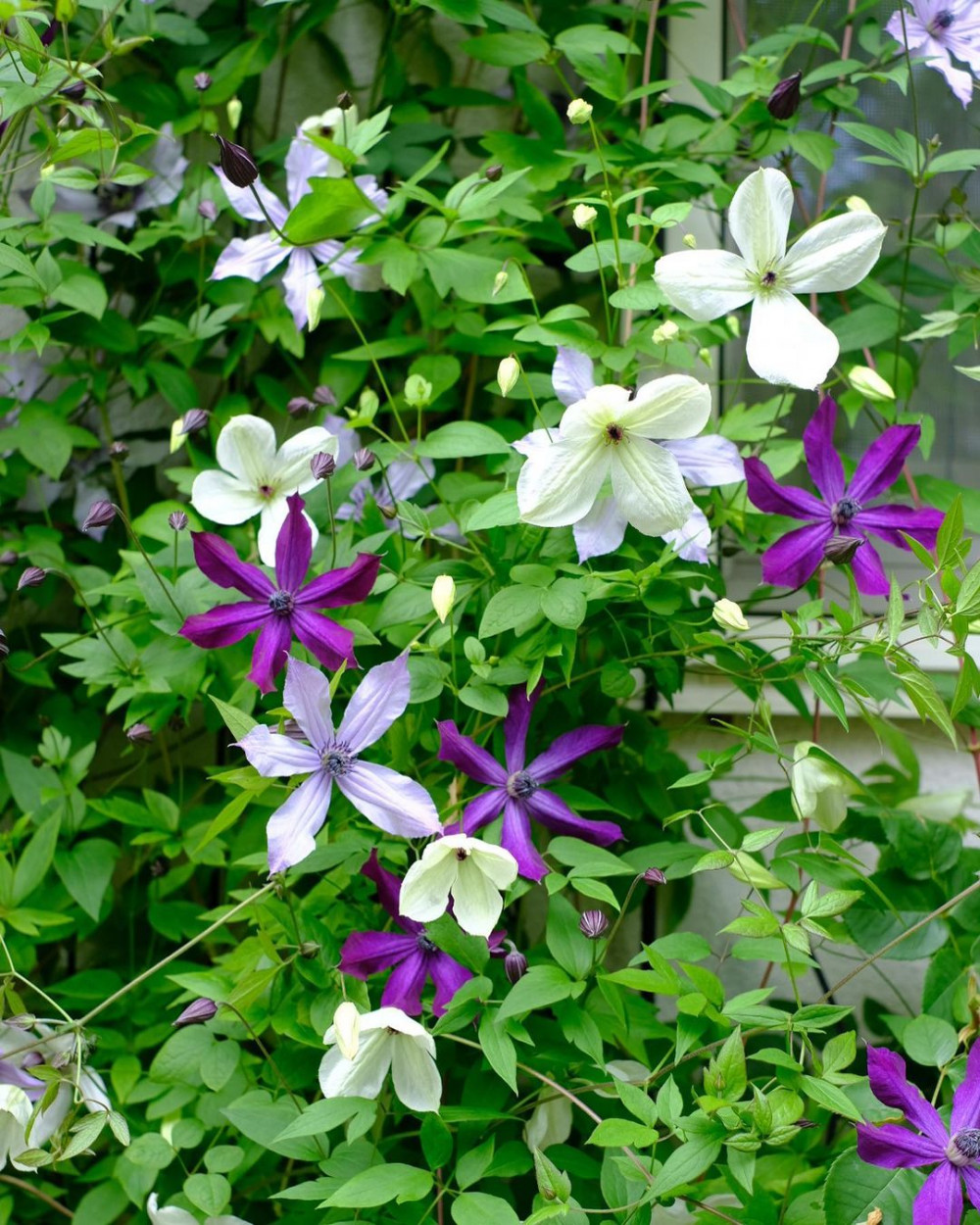 Source: instagram
Source: instagram
Amend the soil with organic matter like compost to improve drainage and fertility. Clematis prefer slightly alkaline soil with a pH of around 6.5 to 7.0.
#3. Install A Trellis
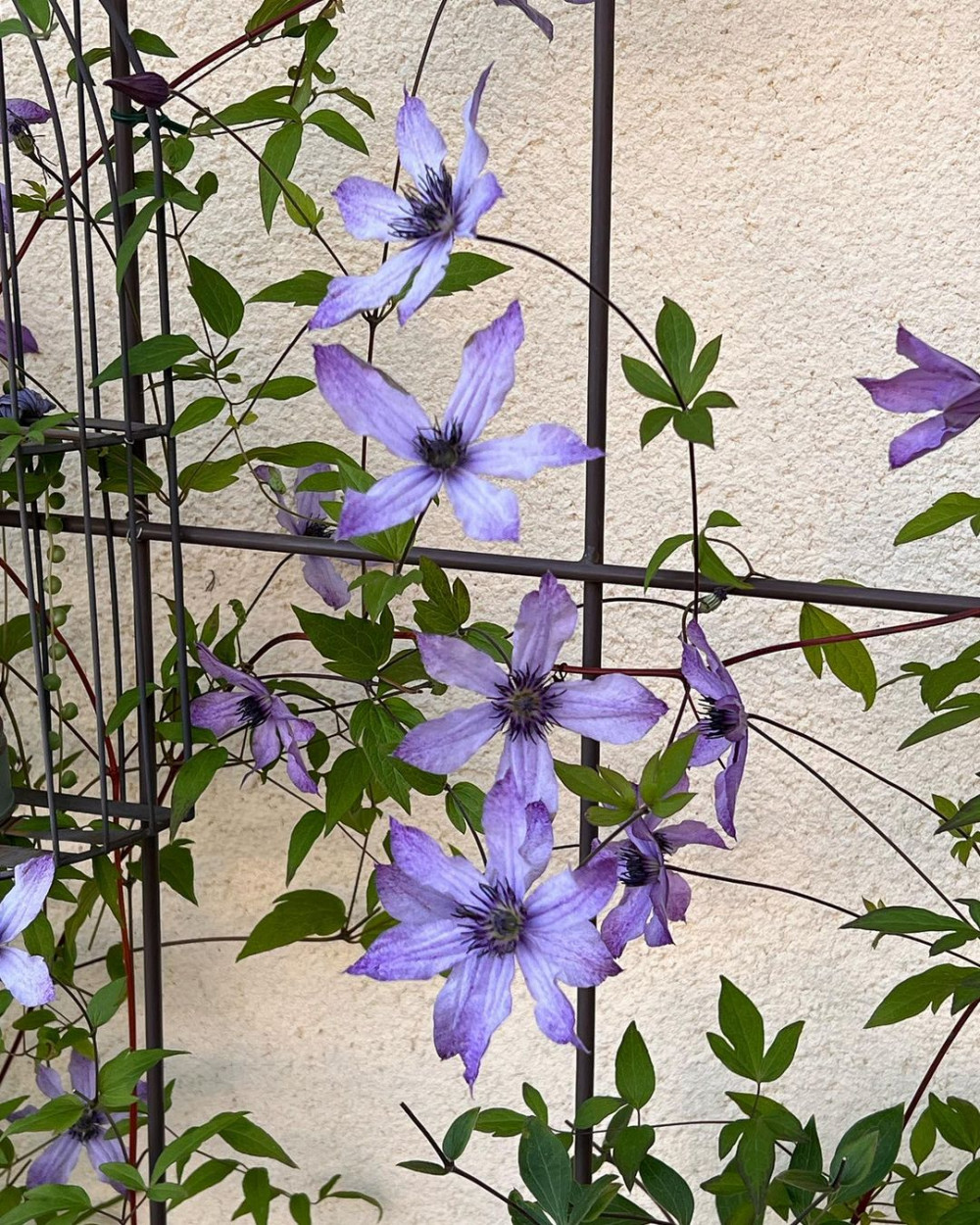 Source: instagram
Source: instagram
Install a trellis or support structure near the planting site. Ensure it is sturdy and can support the weight of the clematis vines as they grow.
#4. Choose The Right Clematis Variety
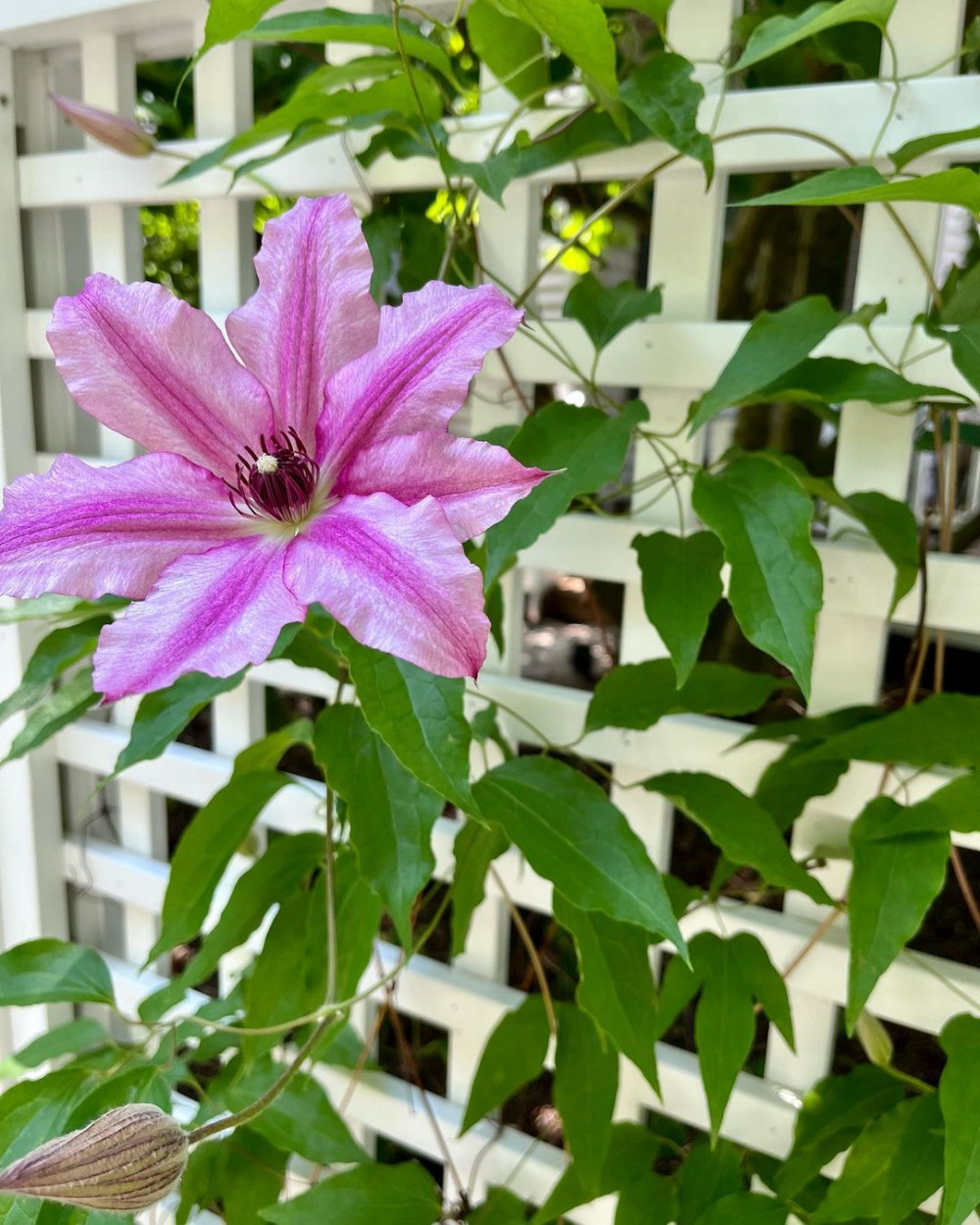 Source: instagram
Source: instagram
Select a clematis variety that suits your climate and the available space. There are various types, including those that bloom in spring, summer, or fall. Consult with a local nursery or gardening expert for the best variety for your area.
#5. Plant The Clematis
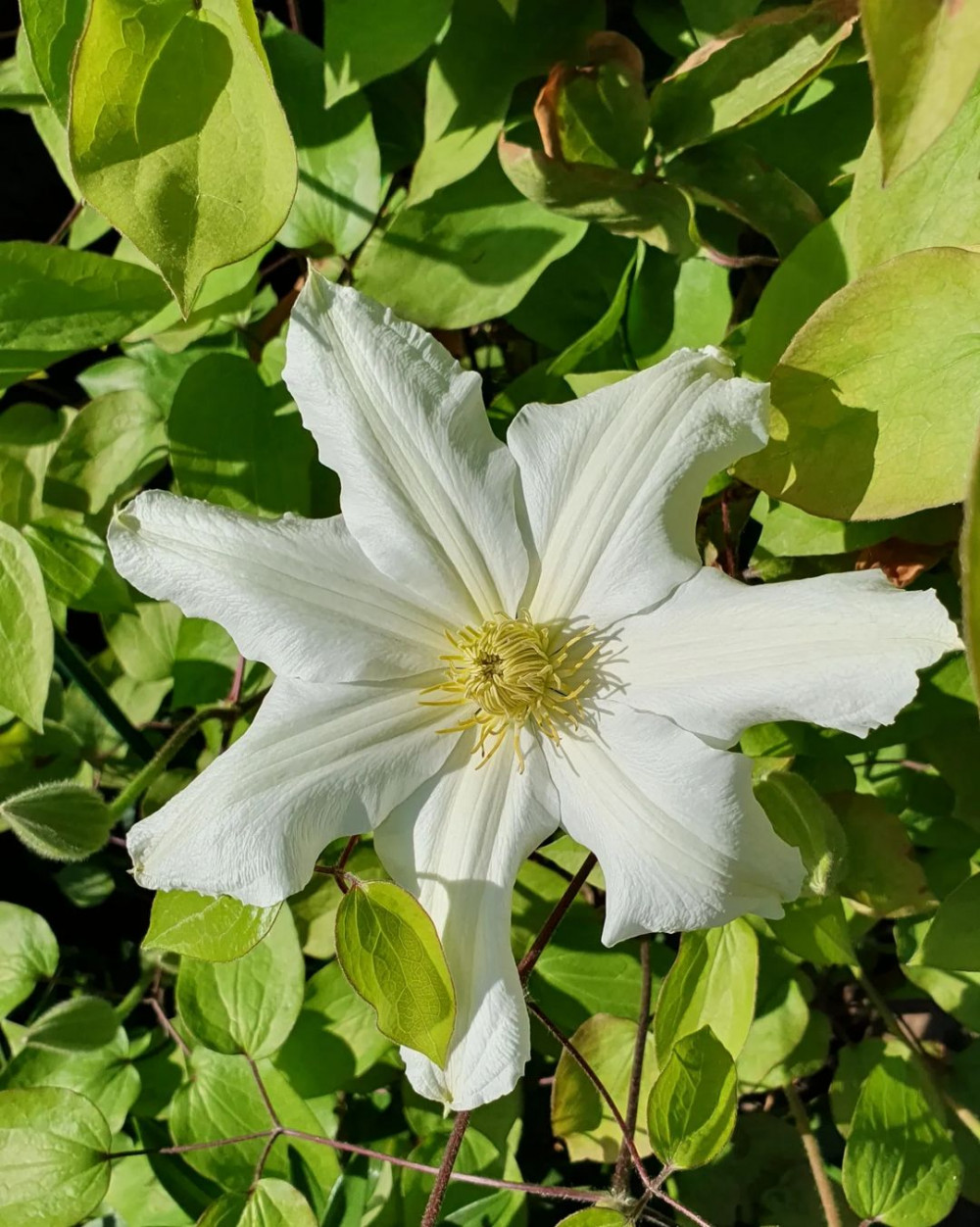 Source: instagram
Source: instagram
Dig a hole that is twice the size of the root ball. Place the clematis in the hole, ensuring the crown (where the stems meet the roots) is level with the soil surface. Backfill the hole with soil, firming it gently around the plant.
#6. Water And Mulch
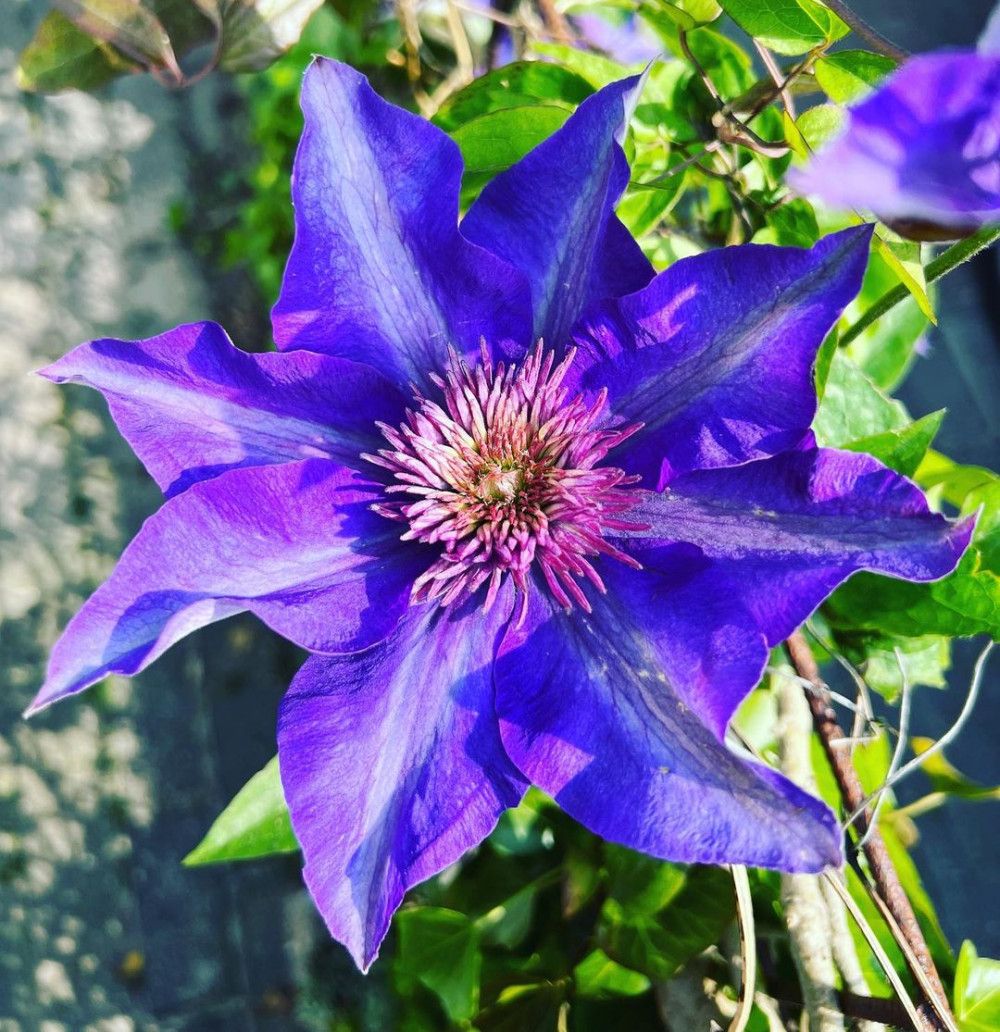 Source: instagram
Source: instagram
Water the newly planted clematis thoroughly. Apply a layer of mulch around the base of the plant to conserve moisture, suppress weeds, and regulate soil temperature.
#7. Pruning
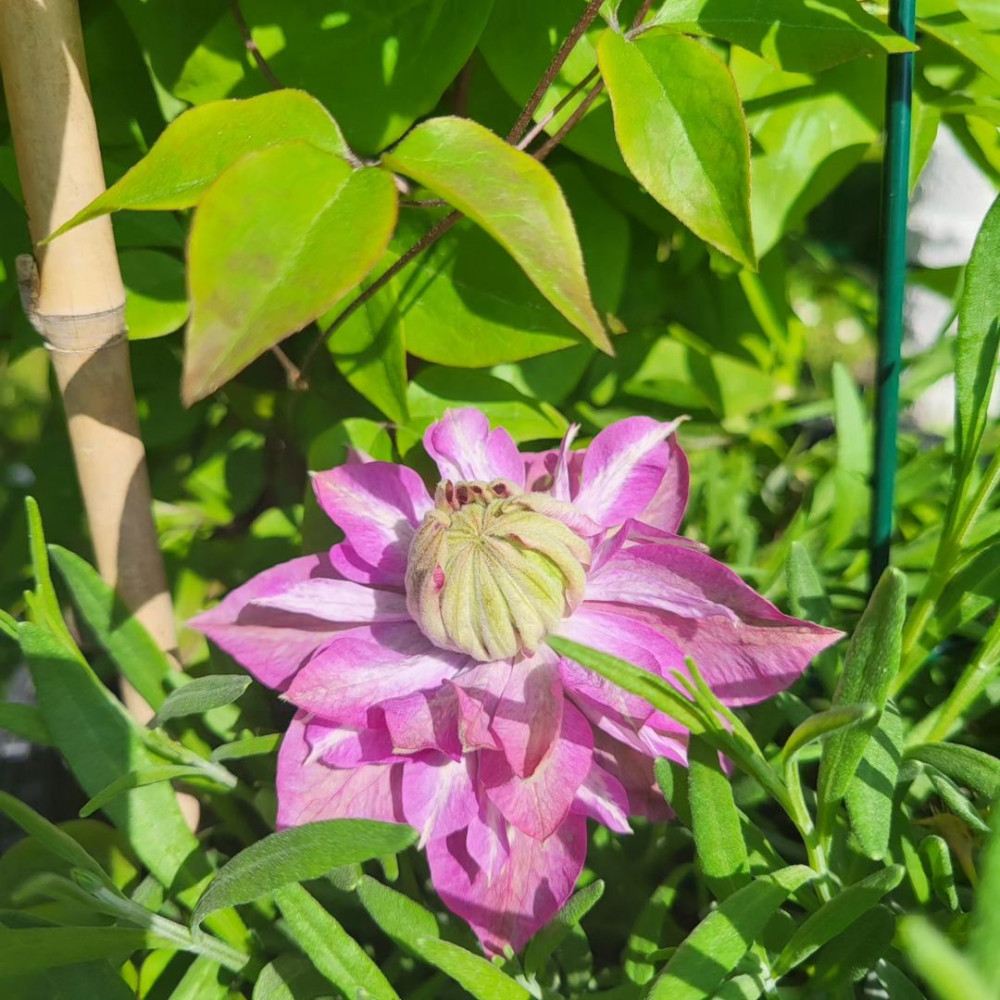 Source: instagram
Source: instagram
Prune clematis according to its flowering group. Group 1 clematis bloom on old wood and require minimal pruning. Group 2 clematis bloom on both old and new wood and need moderate pruning. Group 3 clematis bloom on new wood and require hard pruning in early spring.
#8. Training And Supporting The Vines
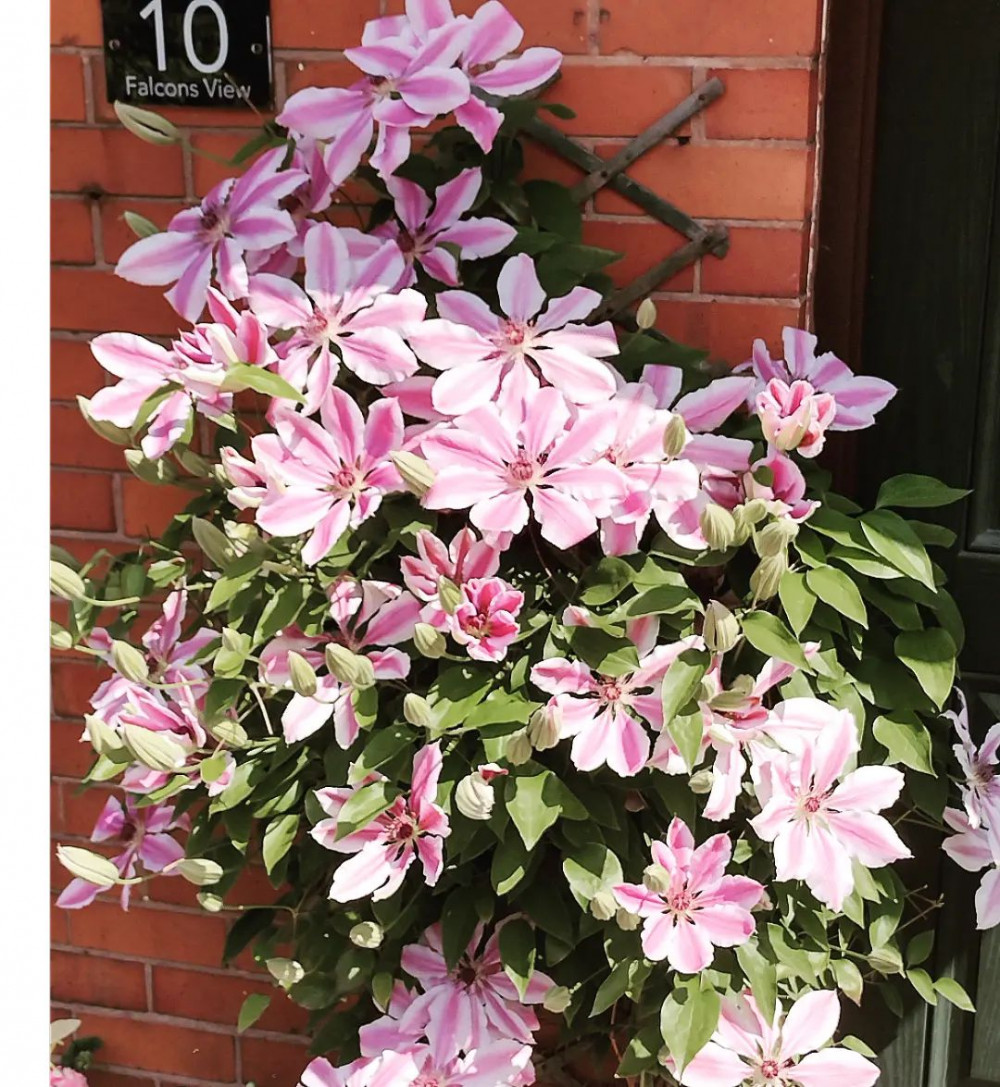 Source: instagram
Source: instagram
As the clematis grows, guide the vines onto the trellis and secure them gently using plant ties or twine. Avoid tying the stems too tightly to prevent damage.
#9. Regular Watering And Fertilizing
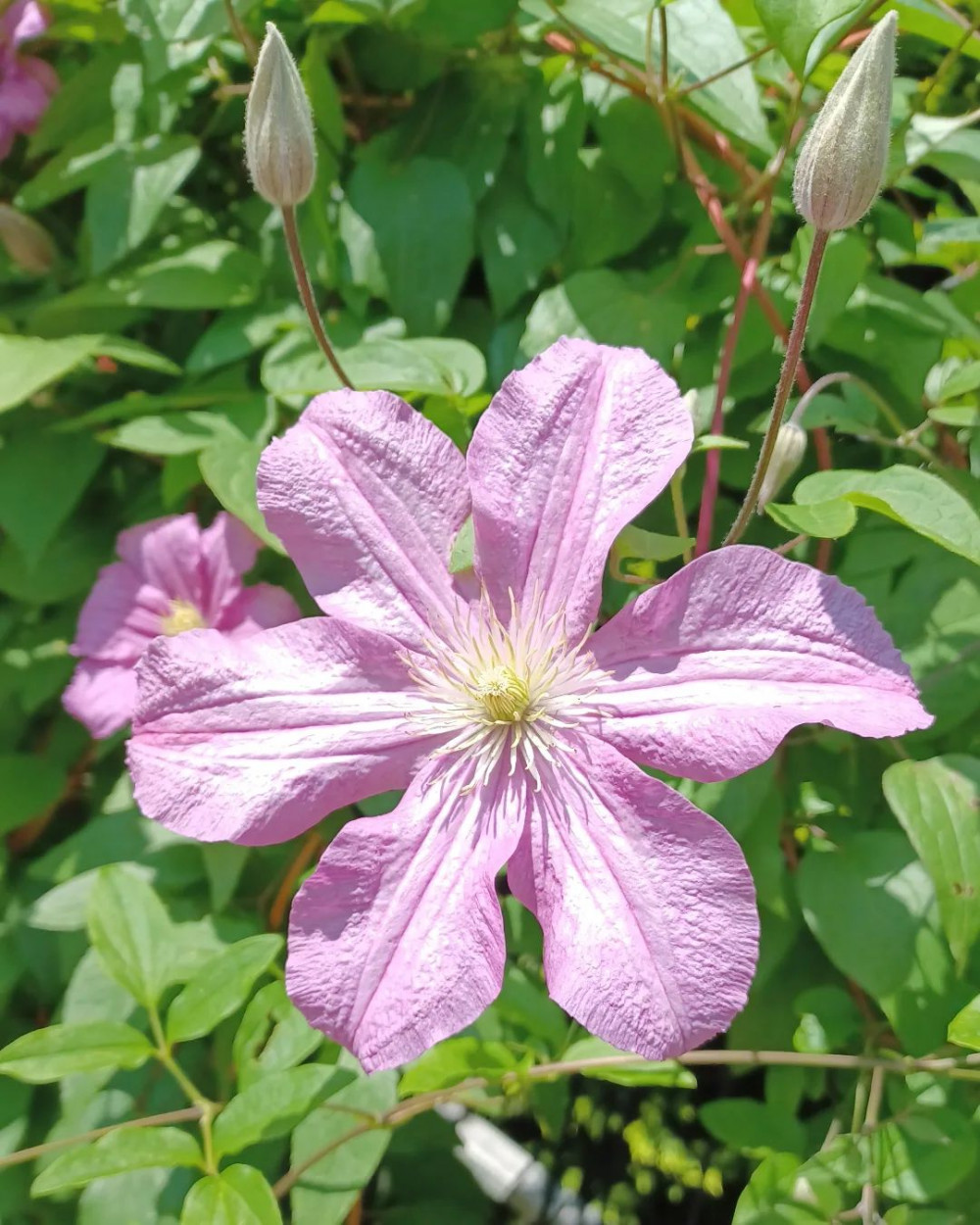 Source: instagram
Source: instagram
Clematis prefer consistently moist soil, so water the plants regularly, especially during dry periods. Apply a balanced fertilizer in spring and early summer to promote healthy growth and blooming.
#10. Monitor For Pests And Diseases
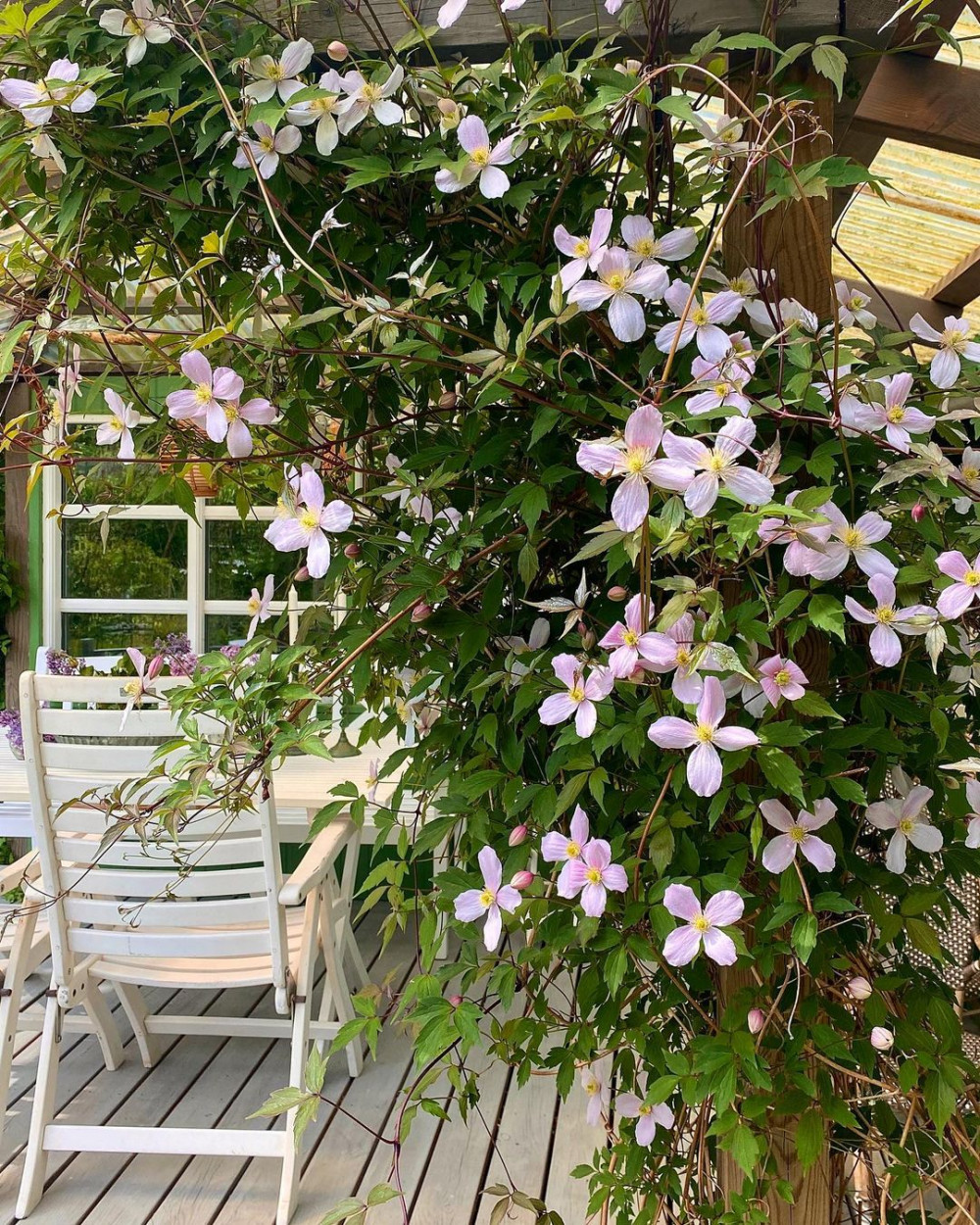 Source: instagram
Source: instagram
Keep an eye out for common pests like aphids, slugs, and snails. Treat any infestations promptly using appropriate methods. Watch for signs of diseases like powdery mildew or wilt and take necessary action if detected.
#11. Enjoy The Blooms
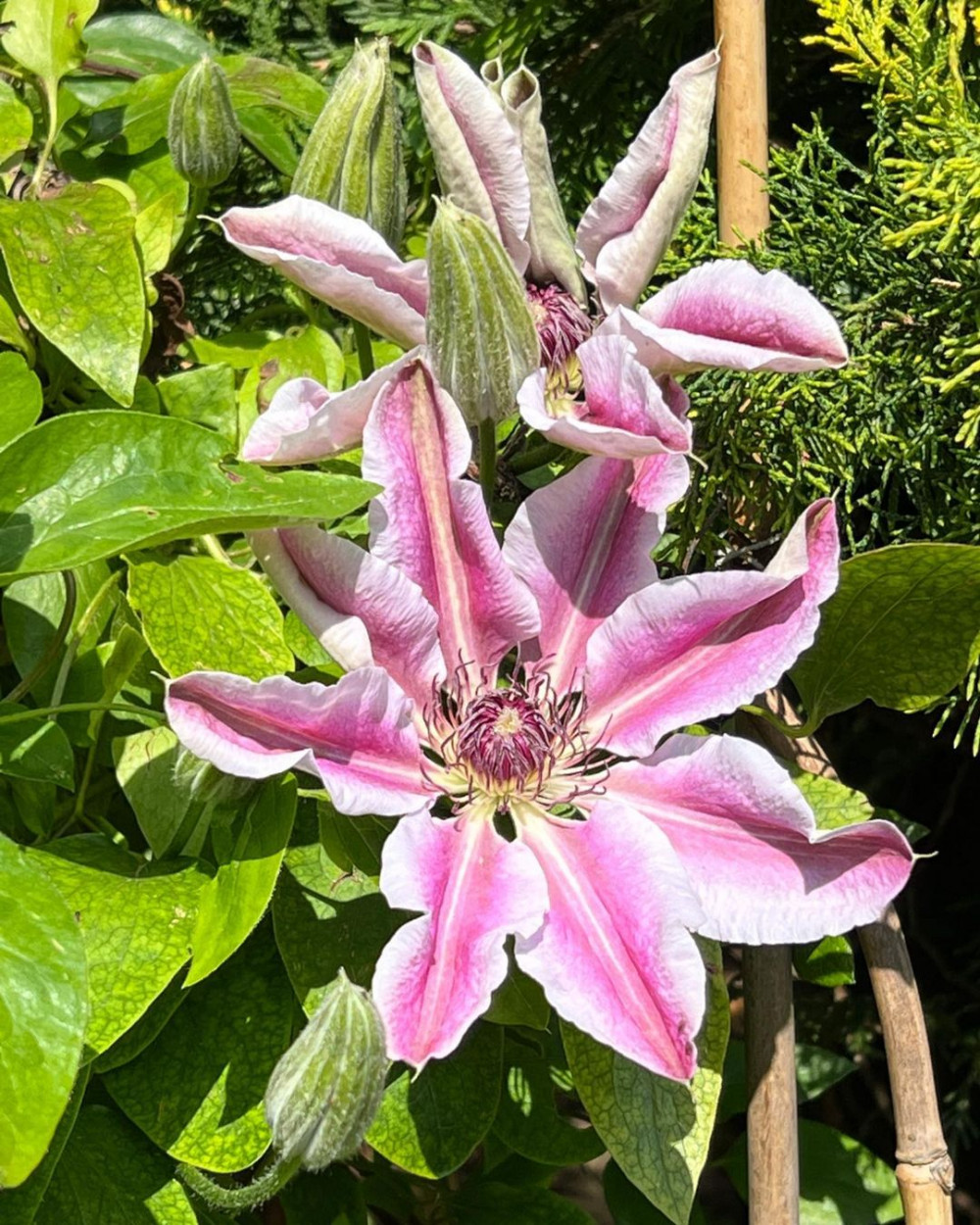 Source: instagram
Source: instagram
With proper care and maintenance, your clematis should produce beautiful blooms. Regularly check for faded flowers and remove them to encourage more blooms throughout the growing season.
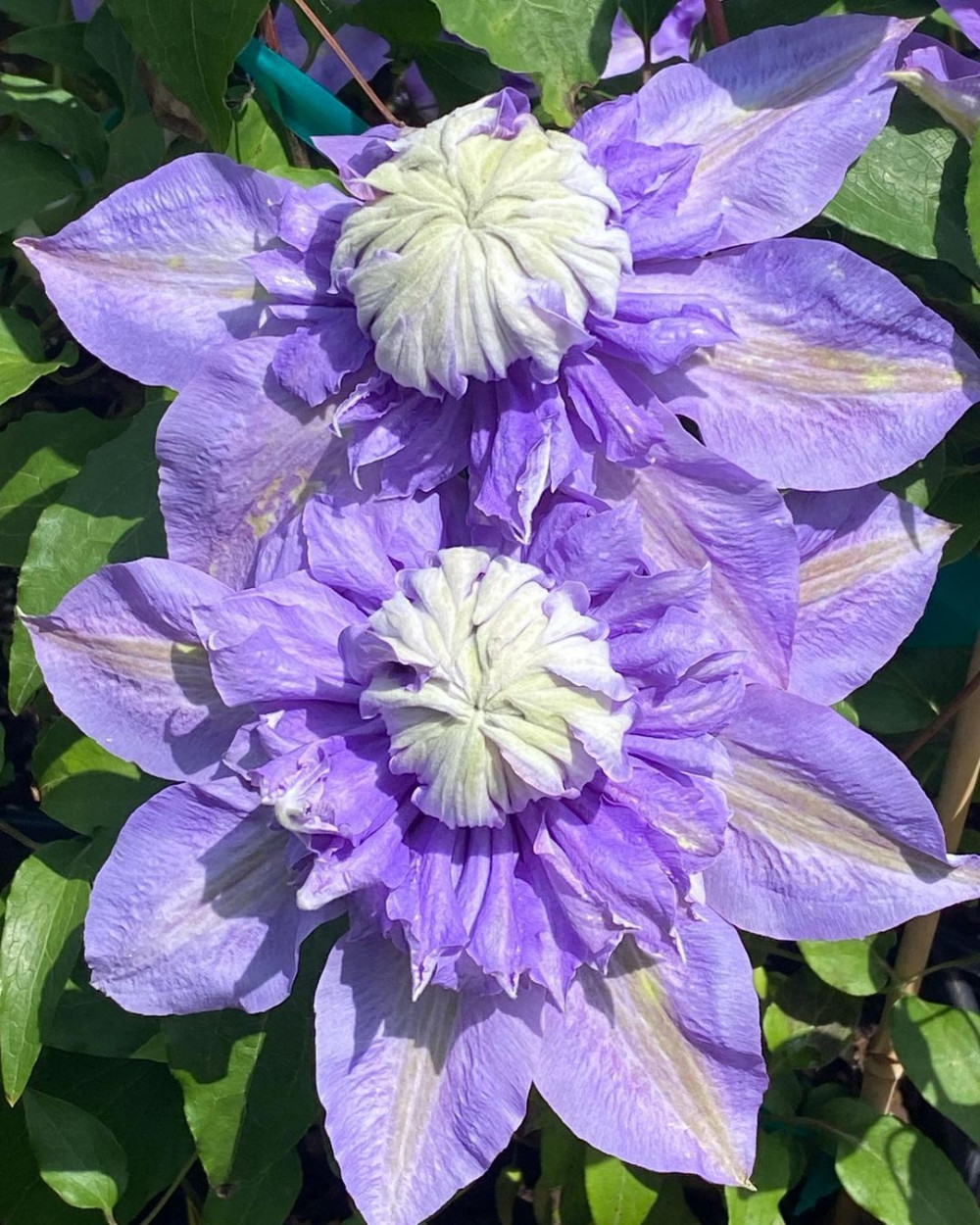 Source: instagram
Source: instagram
There are several types of clematis, each with its unique characteristics and blooming habits.
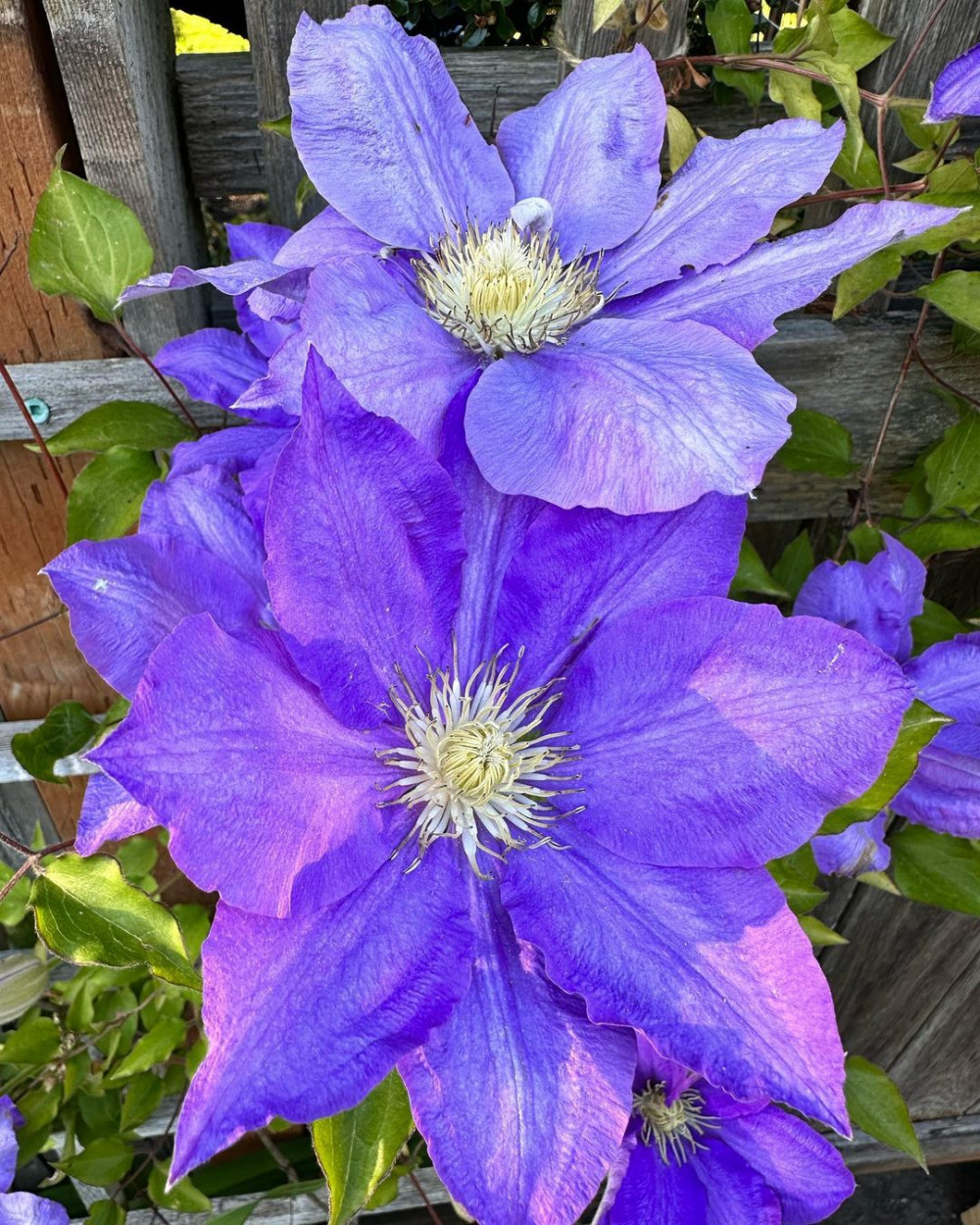 Source: instagram
Source: instagram
Remember to adjust the care and maintenance based on the specific variety of clematis you are growing and the climatic conditions in your area.
